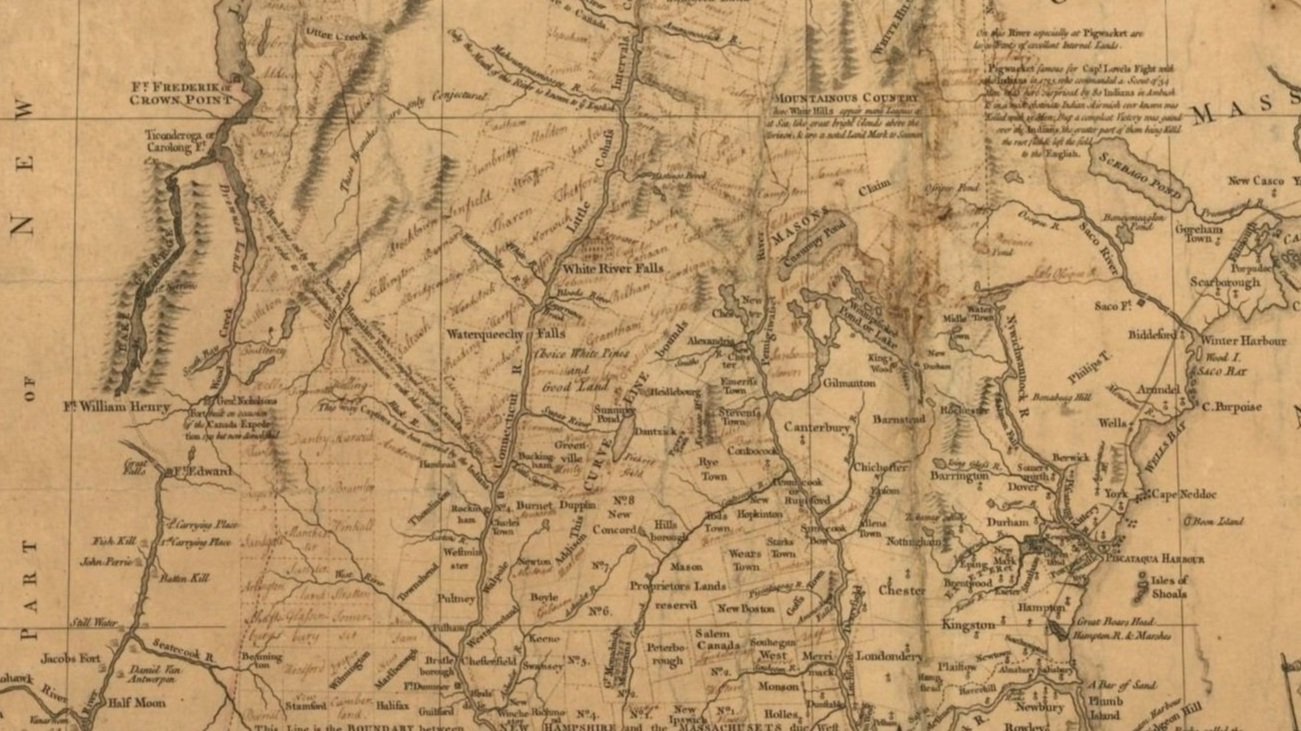
ROAD LAW GUIDE
Auxiliary Service Roads
Bridges
Class VI Roads
Conveyance
Dedication and Acceptance
Definitions
Discontinuance
Discontinued State Highways
Emergency Lane Designation
Failure to Maintain a Class V Road for Five Successive Years
Gates and Bars
Highways to Summer Cottages
How Public Roads are Created
Layout
Legislative Body vs. Governing Body
Municipal Trail Designation
Off Highway Recreation Vehicles
Prescription
Private Roads
RSA 674:41 (Building Permits)
Scenic Roads
Snowmobiles
Types of Roads and Other Designations
Who Owns the Road?
Alfano Law Office Database of Municipal Road Records
Private Roads
Private roads create all sorts of problems for abutters and developers:
Can you get a building permit where your lot’s primary access is a private road?
Who is responsible to maintain a private road?
Can you subdivide land accessed by a private road?
Is an easement the same thing as a private road?
What is a private road?
But before getting to those questions, what exactly is a private road? Even though a few statutes use the term, they don’t define it. One example is RSA 674:41, which addresses building permits. At least with respect to that statute, we can say with reasonable certainty an easement servicing a single home likely does not rise to the level of a “private road.” Beyond that, the view is murky, and not all municipalities strictly adhere to the “easement” restriction in RSA 674:41.
One thing a private road is not is a public highway, meaning it does not fall into a classification of a type of public road. The distinction between a private road and an easement most definitely is not clear, but this lack of clarity may create opportunities for property owners.
Who is responsible to maintain a private road?
Perhaps the most significant characteristic of a private road is the absence of municipal maintenance, which then begs the question: who is responsible to maintain a private road? If covenants or other written agreements exist, then the issue is, of course, relatively easy to resolve. Absent a written agreement, the situation becomes more difficult.
The New Hampshire General Court addressed this issue, at least in part, with the enactment of RSA 231:81-a in 2019. When more than one residential owner enjoys a common benefit from a private road, the statute requires each residential owner to contribute “equitably” to the “reasonable cost” of maintaining the private road.
The law is limited in its applicability. Rather than apply to all private roads, it applies only to residences on private roads “to facilitate the transactions of owners and buyers who apply for certain federally-backed mortgages that require such a statute in the absence of an agreement among the owners. It is not intended to extend or restrict the common law as applied to residences on private roads, nor to affect the rights and obligations of non-residential owners on private roads.” (Emphasis in the chapter law.)
Therefore, the new law would appear to not apply to:
Owners of commercial property on private roads (the law is unclear how it would apply to private roads with both residential and commercial owners);
Disputes among residential landowners where no one is applying for a federally-backed mortgage (although maintenance battles may undermine the purpose for the law); or
Private roads where a private road maintenance agreement exists already, even if verbal.
Interestingly, while the new law refers to the New Hampshire Supreme Court’s decision of Village Green Condominium Association v. Hodges, 167 N.H. 497 (2015), that case dealt with an easement, not a private road. Whether a strip of land is a “private road” or an “easement” is unclear. In fact, if not for the passage of statutes like RSA 231:81-a and RSA 674:41 (building permits on private roads), many lawyers would see little distinction between an easement and a private road.
The new law, therefore, expressly adopts the Village Green/easement approach only to certain types of private roads, while leaving all other private roads to “the common law as applied to residences on private roads.”
Given the Village Green decision is part of common law, it provides helpful guidance for private roads and easements not falling within RSA 231:81-a. That case involved an express easement with a right (versus an obligation) to maintain a way, which both the property burdened by the easement and the property with the benefit of the easement had the right to use. The court ruled that the party having the right to use the easement had an obligation to contribute toward its maintenance. “This rule is based upon the principle that, by using the easement, both the dominant and servient estates contribute to its wear and deterioration and, therefore, distribution of the burden of easement maintenance and repair between both estates is equitable and just.” This duty exists unless the terms of the express easement provide otherwise.
The court’s decision specifically related to an easement rather than a “private road,” but absent statutes like RSA 231:81-a and RSA 674:41, drawing a distinction between the two might pose a challenge, particularly given the reasoning behind the court’s decision.
What happens if a private road is damaged by an OHRV or snowmobile?
The statutes governing OHRVs (RSA 215-A) and snowmobiles (RSA 215-C) state that the operator or owner, or both, of any OHRV/snowmobile shall be responsible and held accountable to the owner of any lands where trees, shrubs, roads, or other property have been damaged as a result of travel over the owner’s premises by such vehicles.
Building permits
Abutters also should be aware of RSA 674:41, which restricts the ability to obtain building permits on private roads.

